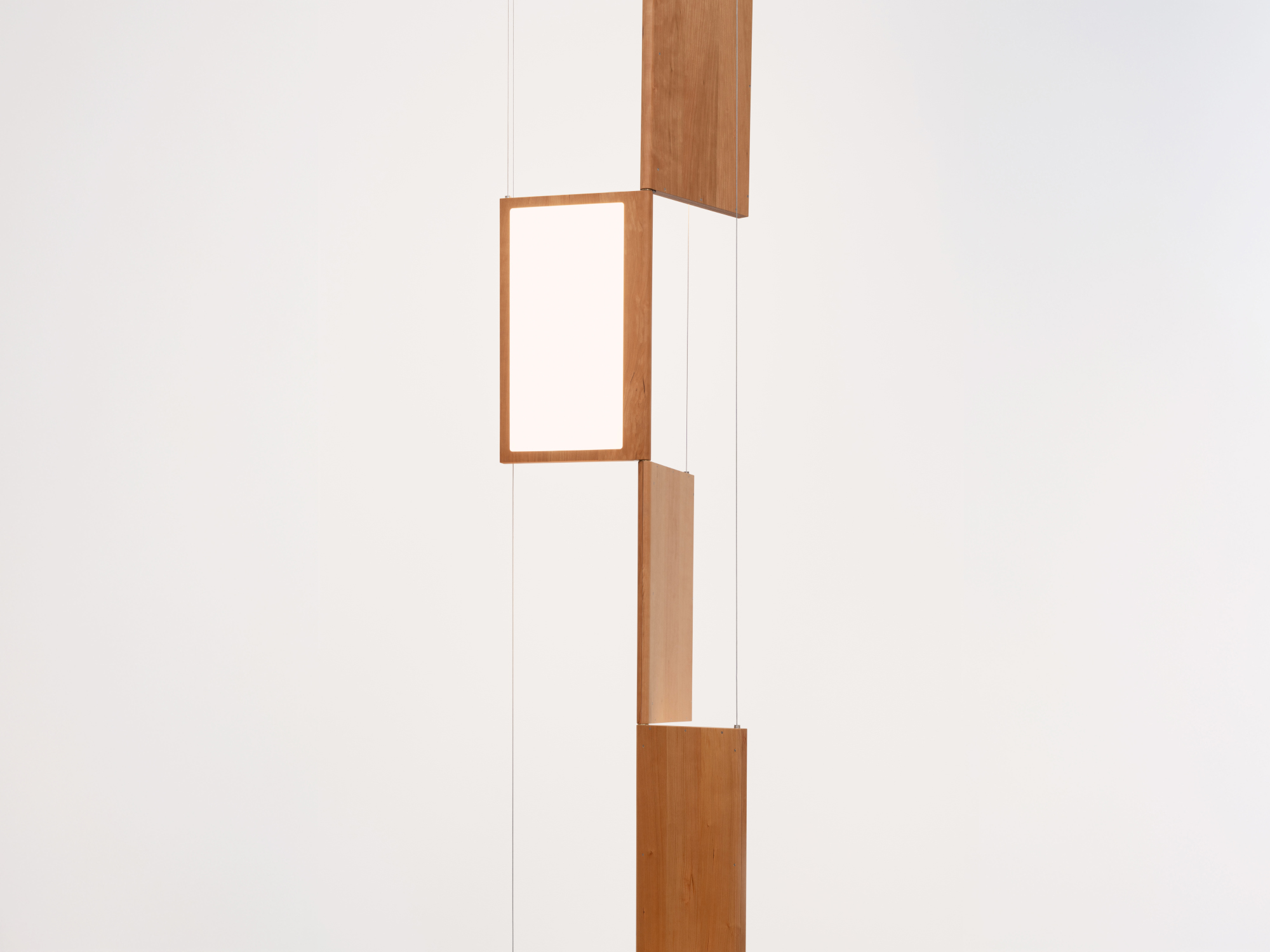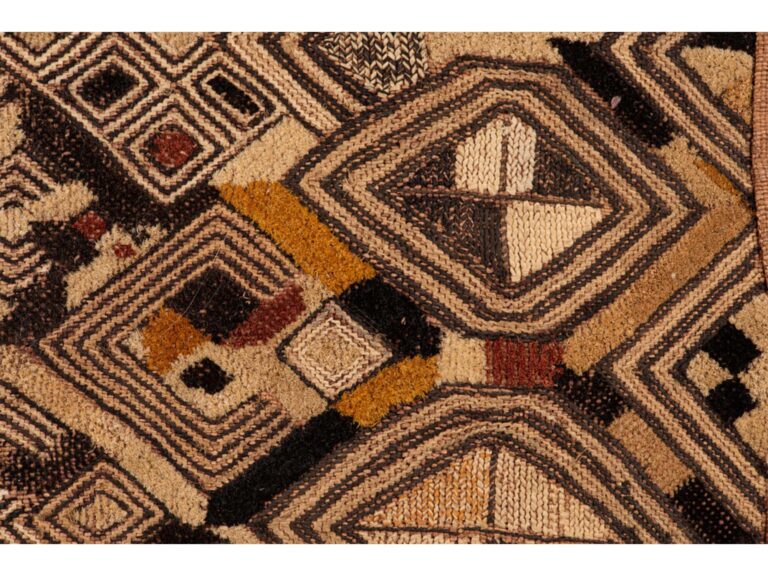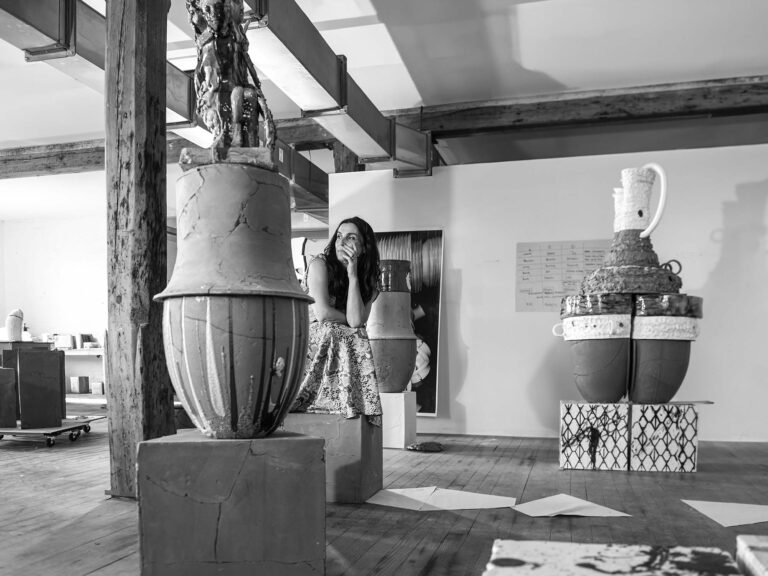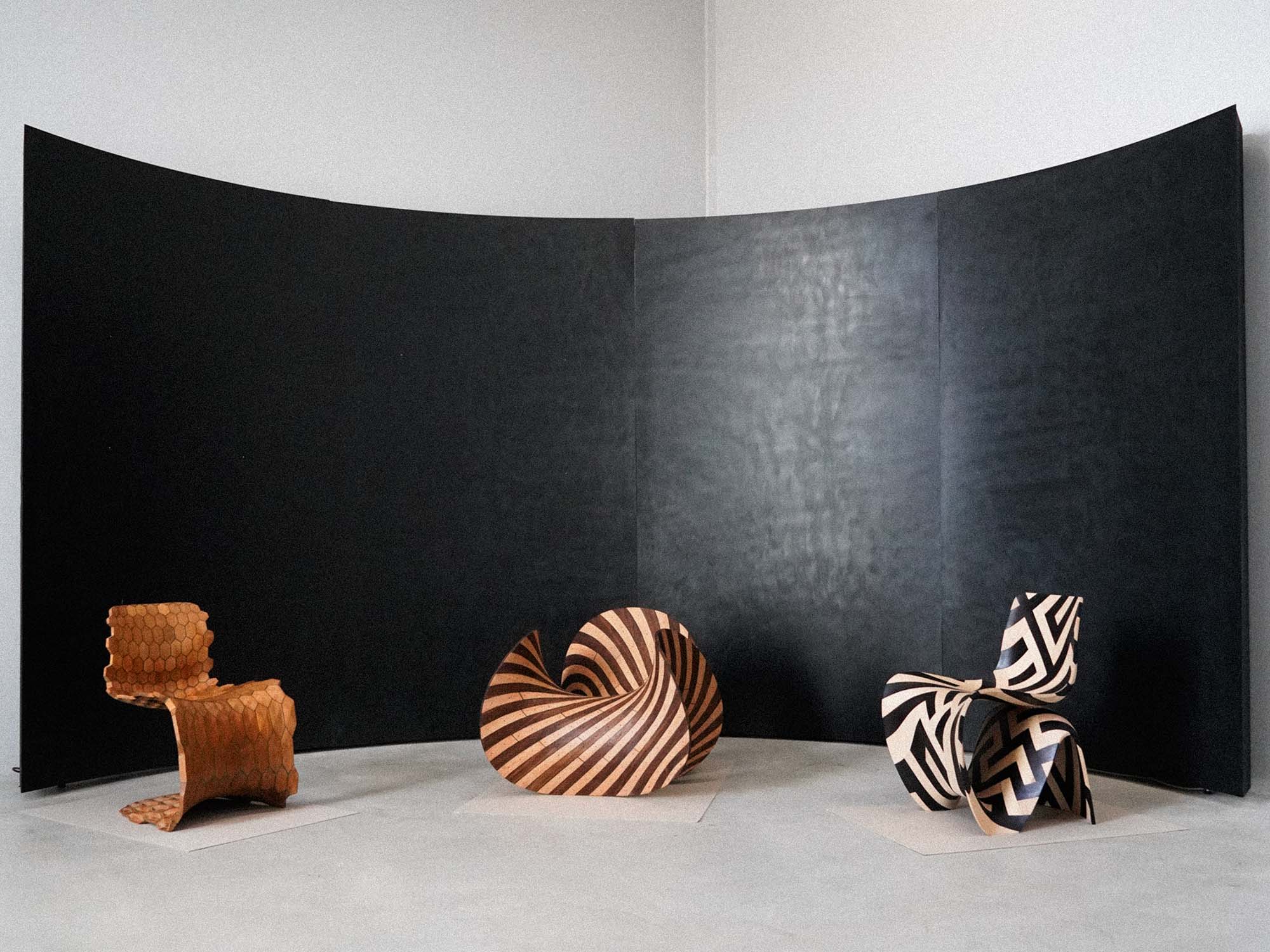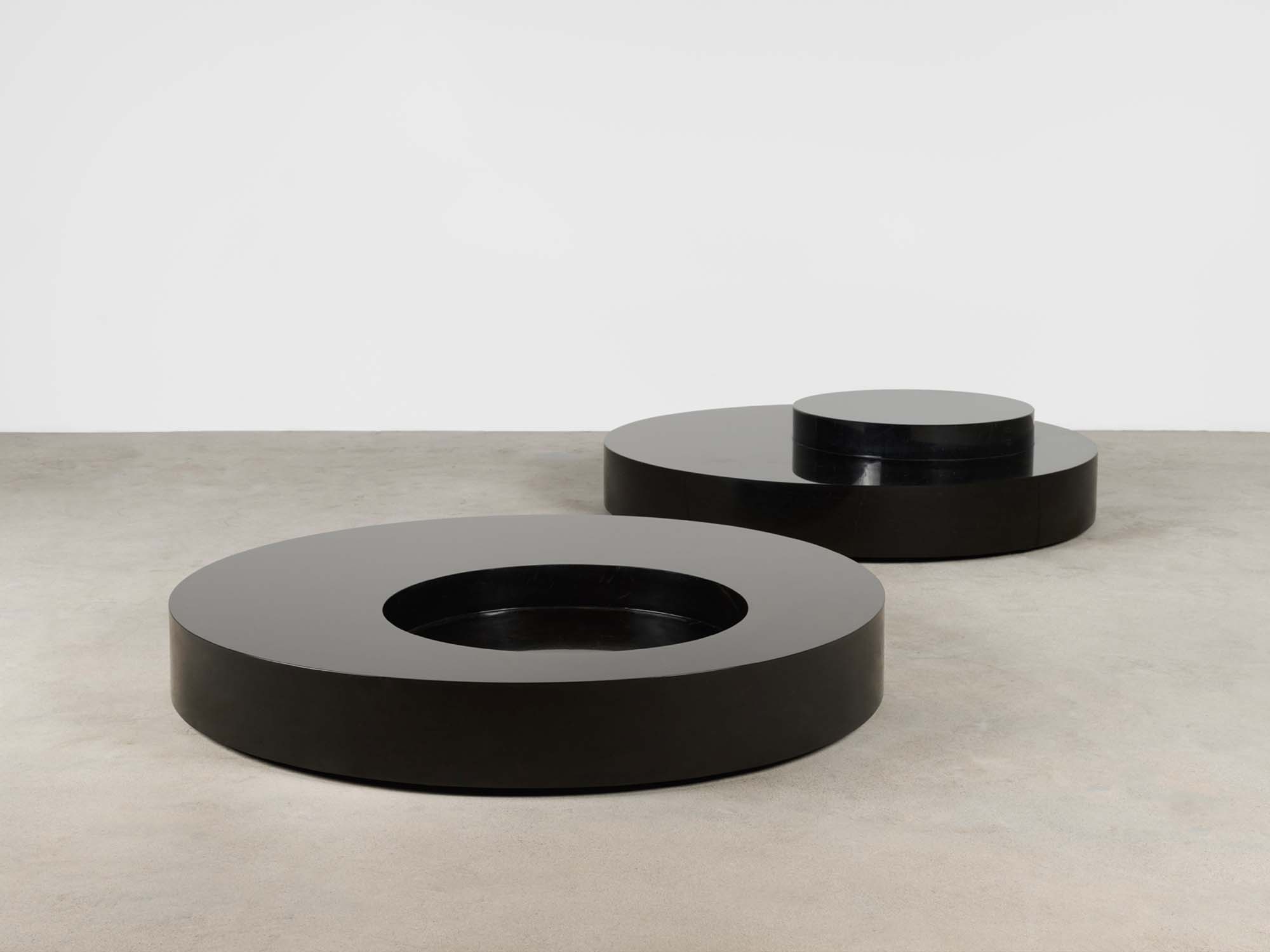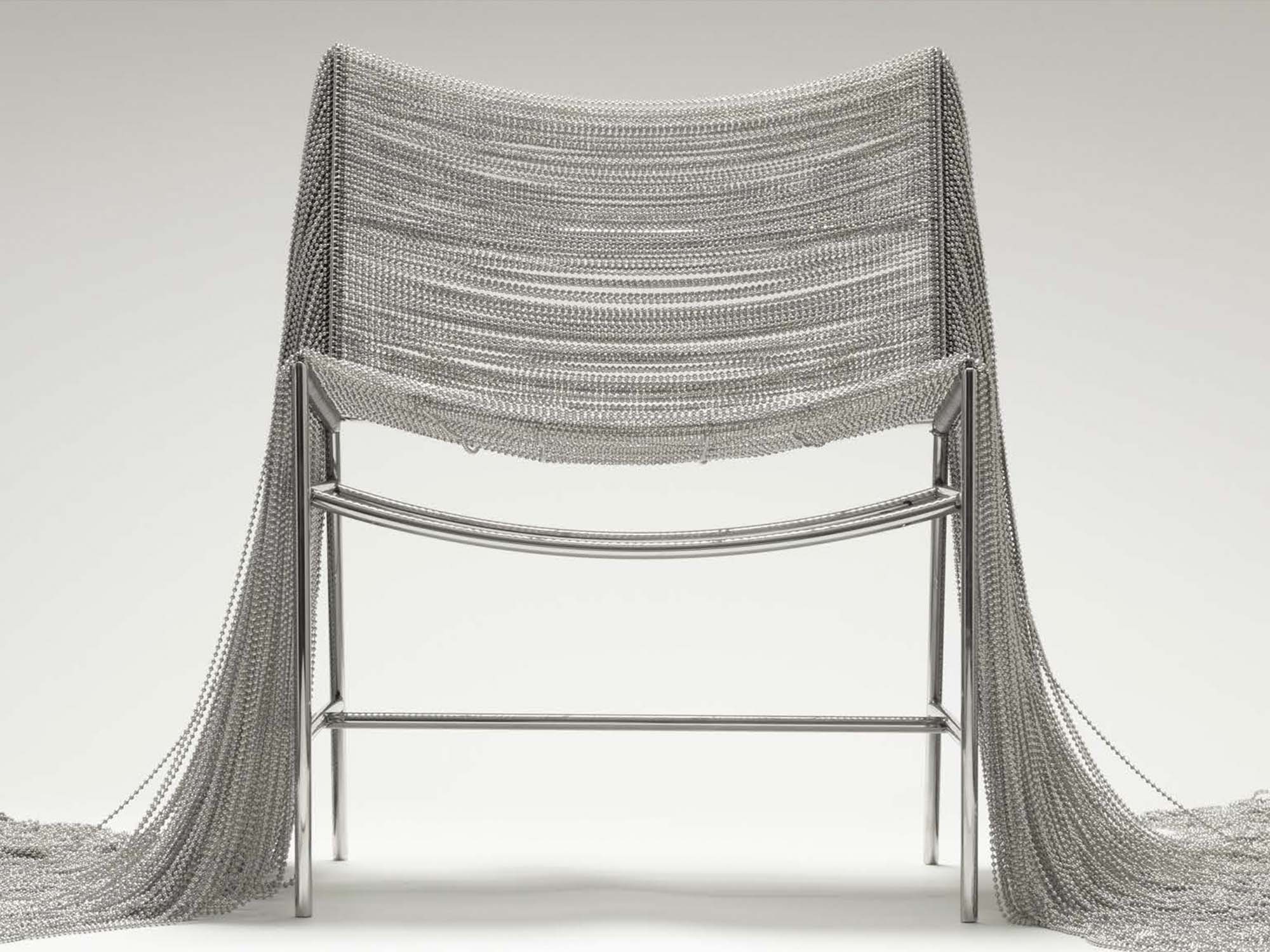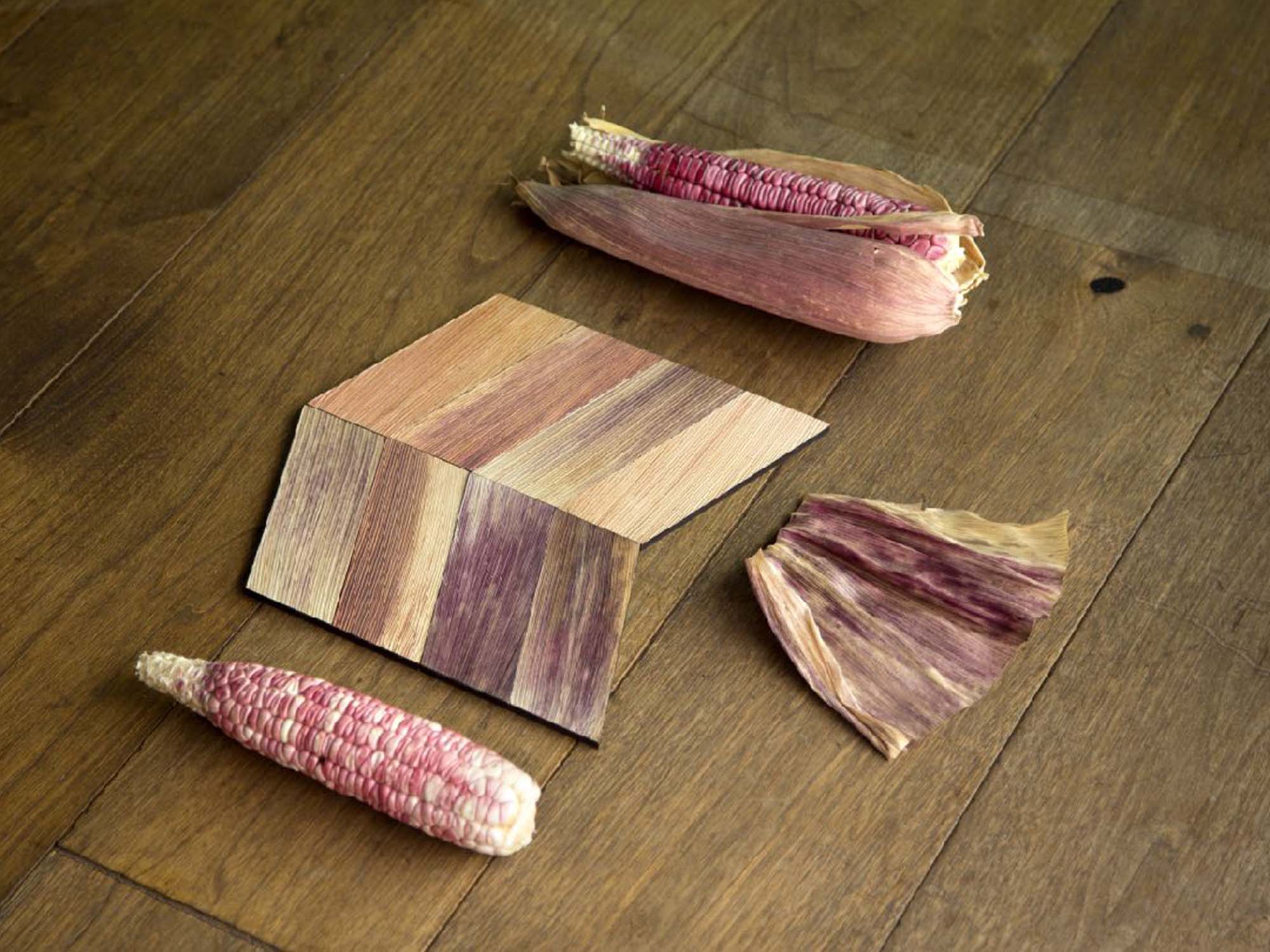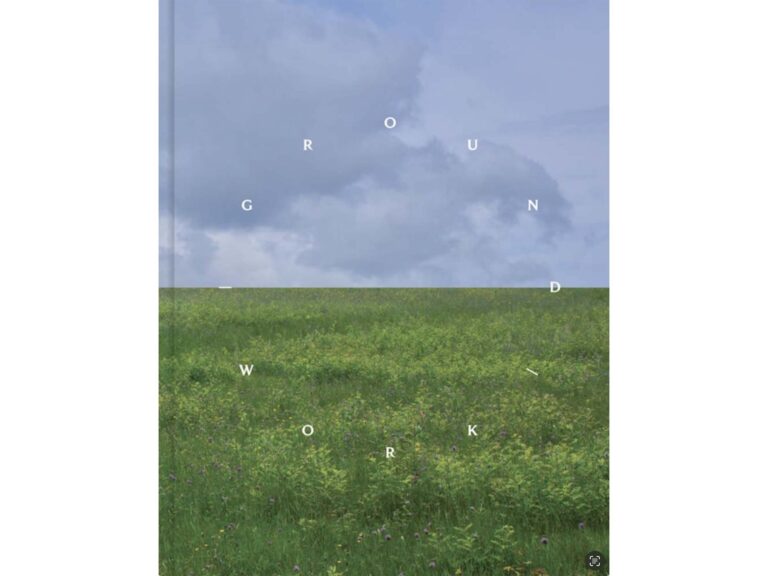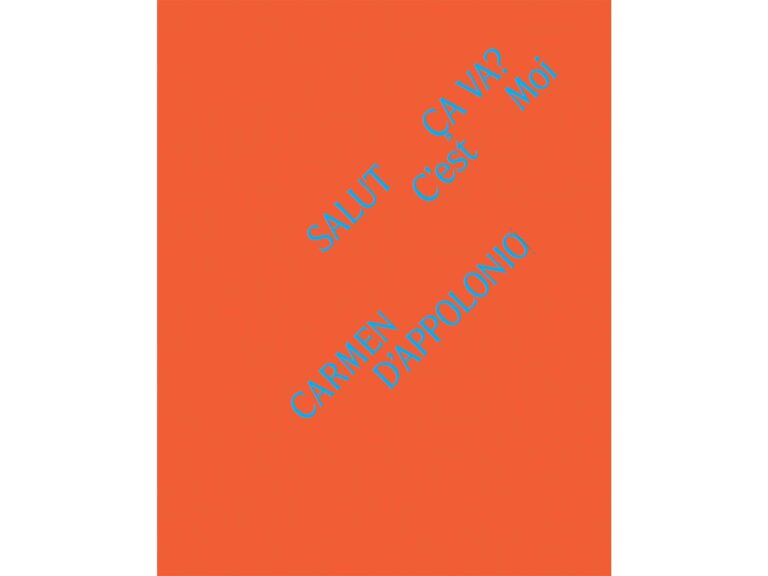By Alessandro Rabottini
“We should set aside a room, just for ourselves, at the back of the shop, keeping it entirely free and establishing there our true liberty, our principal solitude and asylum. Within it our normal conversation should be of ourselves, with ourselves, so privy that no commerce or communication with the outside world should find a place there; there we should talk as if we had no wife, no children, no possessions, no followers, no menservants, so that when the occasion arises that we must lose them it should not be a new experience to do without them.”
Michel de Montaigne, On Solitude[1]
The need for a room, isolated from its surroundings, far from the others. This is an image onto which, for centuries and beyond, numerous narratives have converged, yet ones all revolving around a single desire: to express an inner dimension that might be deemed authentic. At various latitudes and throughout history, from time to time, this quest has taken the contours of an effort and a sense of relief, a pursuit of a poetical or philosophical nature, a spiritual or existential vocation, if not all these things in one. What all these experiences share is the correspondence they establish—a structural and necessary one—between the self-sufficient completeness of this room and the rigor of the path leading toward a self perceived as more genuine. That for retreat from the world is a burning desire, one with such long history to it that if we were to try and retrace it all, our heads would spin, so far does it reach back into a core that is deeply human. Here isolation is seen as essential, a chance for redemption and an opportunity for truth.
Some of these “rooms of integrity”—rooms that have been specifically designed with the search for integrity in mind—have been handed down to us in all their tactility, as genuine living perimeters and not just as metaphors, from the cells of Carthusian monks to the cabin that Ludwig Wittgenstein had built for him on a Norwegian fjord[2]—which was as much a wooden construction as it was one in of thought—right up to Virginia Woolf’s “room of one’s own”[3] a few miles south of Lewes, in England: a creation as habitational as it was literary. Albeit in the rigor imposed by limited space, and often in keeping with an imperative aesthetic of reduction, these are furnished rooms. Ones in which we find tables, chairs, and sources of light. Here the hardness of the seat issues from the aspiration for an upright posture, one initially of the body before then being interiorized; where the meager size of the desk is functional to the gathering of thoughts, propaedeutic to the need not to disperse one’s reflections, even in spatial terms. They are rooms that prove that the furnishings are, at the same time, embodiments of a philosophy and vehicles of ethics, the product of a notion about how to exist within the world and the means by which to do so according to that notion. Should we think of these furnishings as archetypes, we may witness a circular phenomenon of cause and effect, a dynamic of reciprocity: indeed, they are as much the manifestation of a particular idea about how to inhabit the real world as they are the opportunity to experience and express that same aspiration. And in this sense, the words of Andrea Branzi come to mind, when he writes: “Designing a new object also means trying to make a cognitive capability emerge from within people, one buried beneath the complexity of languages and information; like a young child learning a new alphabet.”[4]
Around an aesthetic of thought-gathering and contemplation, Formation takes shape: a collection in which, right from the title, Formafantasma evoke the image of an edifying process, the notion of an educational and enhancing path, such as the gradual structuring of the self through ever deeper familiarity with a particular form of knowledge. For example, there is a desk which rather than conjuring up images of the digital multitasking demanded of working from home, appears to have been conceived for a more exclusive form of attention, for prolonged dedication to a solitary activity, be it the honing of a new skill or indulgence in one’s own recollections. And a table lamp, solid and austere, as satisfyingly unrelenting as the dedicated commitment to a discipline.
According to a compositional grammar of planes articulated in space, Formation makes prudent use of a limited economy of shapes and materials. Cherry wood, brushed aluminum and fabric are the sole elements used in what looks like a somber meditation on the practices of cabinetmaking, a carefully gauged tribute to artisanal skills now hard to come by. Of this manual skill, Formafantasma distil the most fundamental unit, i.e. the wooden plank, and highlight its essence: they emphasize this elementary constructive feature, going back to its original compositional value, as if attempting to trace the etymology of a language. Some of these axial forms host sources of LED light which, in their uniform proportions and flatness, draw on the familiarity of the screen of an iPad or a smartphone, thereby strengthening a narrative that seems to drive this collection toward the individual and silent dimension of reading and consultation. Proof of this may be found in a suspended lamp in which the various levels join from one to the next in an orderly fashion, like the harmoniously opening doors of a dresser or the pages of a glowing digital book. An architecture of knowledge unfolding on a domestic scale.
Formation is a collection immersed in a somewhat absorbed atmosphere, in a sentiment of calm rigor, and even those furnishings that foresee the potential presence of more than one person—such as the long table and the hanging lamp that goes with it—hint at the image of methodical conviviality, a moment of preordained sociality, such as a gathering for a prayer or for a task to be performed.
Just like in the case of the collection La casa dentro (The Home Within, 2024), Formation also seems to be driven by the desire to explore the emotional and narrative potential of home furnishings, their being the guardian and at the same time the trigger of one’s inner life. Indeed, in the case of La casa dentro, Formafantasma thematized the living room as a theater of memory, like the stage of a conflict as sentimental as it is formal, as personal as it is historical: in other words, the conflict between the orthodoxy of Modernism and the tenderness of decoration, between an assertive language that reduces and eliminates and a desire that welcomes and adds. Formation shifts the focus from the living room to another space in this ideal and narrated home, to another part of this speculative habitat: one which might be configured as a studio, that space of retreat and separation, of reflection and production—one of industrious solitude.
While La casa dentro explored the dimension of loss and mourning through the corrosive aesthetic of the collage, of the striking friction between things Modernism would have kept separate—such as embroidery and bent tubular metal—Formation lies in a different visual dominion, that of compositional rigor and the parsimonious use of materials, to evoke an entirely different emotional temperature, which is that of the absorption of a historic lesson, one that goes beyond the individual and autobiographical dimension.
Indeed, the notes that accompany this collection list various sources of inspiration for it: the functional serenity and skilled craftsmanship we find in the furnishings of the Shakers community; the playful interaction of planes and proportions that Frank Lloyd Wright brought from his architecture to the scale of objects (think especially of the furnishings conceived for his Taliesin home-studio); the passionate collaboration between nature and design that characterizes the work of George Nakashima. These sources do not appear to be an object of citation, nor are they displayed as extracted visual fragments, but rather as lessons sedimented, filtered over a personal process of “formation” within the discipline of design. They are sources treated as the subject matter of a productive meditation that locates the past at the very core of Formafantasma’s multimedia and critical practice, leading to their continuous questioning of the role and responsibilities of designers today.
There is a linear essentiality in Formation, an honesty that we find not only in the materials but also in the mechanisms and the joins through which they dialogue with one another, a pristine functionality bereft of clamor. All this reaches us like the echo of a conversation that Formafantasma have been holding with the history of design ever since their foundation—a history which in their view contemplates Modernism just as much as the vernacular, doctrine just as much as heresy.
Think, for example, of how the notion of self-sufficiency embedded in the life of the Shaker community[5] was already present—albeit with a different historical and anthropological acceptation—in Autarchy (2010), one of the very first projects by Formafantasma. Flour, agricultural waste, and limestone were the common substances which, once blended together and dried, formed the recipients of this collection, which experimented with materials while putting forward a speculative scenario. As may be evinced from the title, Autarchy concerned the everyday aspect of materials and a form of ancient manual know-how in order to imagine the autonomous existence of a community that comes together to sever bonds of dependency on the outside world, a hypothetical society which, in the words of the authors, “embraces a serene and self-imposed embargo,” the economy of which is the upshot of the intersection between nature, tools, and human needs.
In this sense, Formation is situated along a research line followed by the Formafantasma studio which may be interpreted as a sort of lyrical counterpoint to the multidisciplinary research underpinning the institutional exhibitions Cambio and Oltre Terra.[6] Indeed, these two shows took on a global scale and a documentary methodology with a specific and ambitious mission in mind: to question the practice of design in terms of the extraction, processing, and circulation of wood and wool respectively, so as to unveil the environmental, social, political and economic implications in which the designing of objects is very much bound up. They were exhibitions that looked well beyond the dimension of objects and the idea that the role of designers is simply to come up with new ones. On the contrary, the exhibitions questioned the very premises of those same objects. In an almost complementary fashion, collections like La casa dentro and Formation lead objects and furnishings back not only to the intimacy of the domestic space but also to the function referred to by Branzi, that of digging up a “cognitive capacity buried beneath the complexity of languages and information.” While Cambio and Oltre Terra feature a critical analysis of the environmental and social costs of the production of objects, La casa dentro and Formation reattach to objects something that is never entirely lost even when it appears to be far away, i.e. their capacity to retain their sentimental potential and to trigger a narrative, imaginative process.
There is one last element that seals the secluded atmosphere of Formation, and that is the presence of fabric. It is a white fabric, as simple as a sheet or a tablecloth, worked around the edges in an almost imperceptible manner, with what is known as “a-jour” edging: a decorative technique, made precious by virtue of its absolute simplicity. We find it placed on a range of light sources, as if to soften them, to lessen their harsh presence. In its ductility, it is a fabric often hung on windows, especially in Italy, to shade the domestic sphere from prying eyes. It is extremely resistant and may well survive the passing generations, to the point that it is often handed down as an heirloom or a form of knowledge. Along with crockery, of all the domestic elements, fabrics are perhaps the ones we establish the most familiar relationship with, even a physical one: we touch them, and they envelop us, absorbing our bodily humors. While Formation pieces together a visual universe of long-lastingness and stability, a room of permanence, fabric brings another presence into this environment, one no less familiar and necessary, which is that of vulnerability and care.
